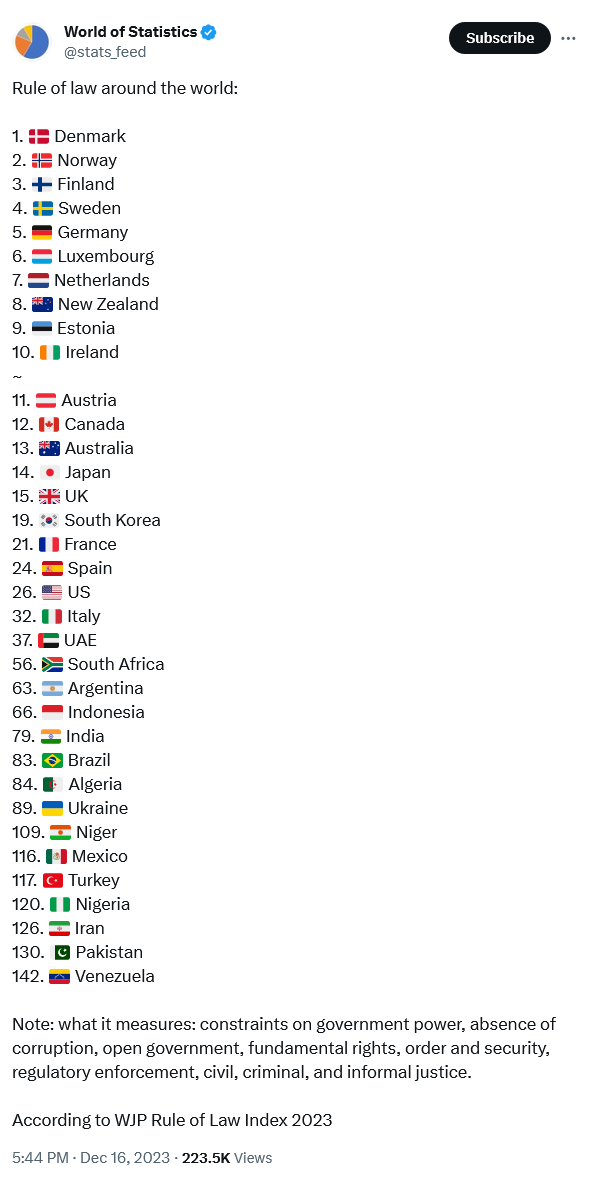Delve into the intriguing realm of military retirement packages as we uncover the vast difference between Pakistan and the US, shedding light on economic dynamics and historical context.
Introduction: Unraveling the Disparity
In the complex tapestry of global economic dynamics, disparities often lurk beneath the surface, waiting to be exposed. One such enigma lies in the stark contrast between the retirement packages offered to the Chief Army Staff in Pakistan and the United States. As we embark on this journey of exploration, let us delve into the intricacies of this phenomenon, dissecting historical precedents and contemporary realities.
The Tale of Two Nations: Pakistan and the United States
A Brief Historical Overview
Before delving into the intricacies of retirement packages, it is imperative to grasp the historical backdrop of both nations. Pakistan, a country born out of the partition of British India in 1947, has grappled with economic challenges amidst political turbulence. In contrast, the United States, a global superpower, boasts of unparalleled economic prowess, fueled by centuries of industrialization and innovation.
Military Expenditure: A Comparative Analysis
One of the defining factors in understanding retirement packages is military expenditure. While Pakistan allocates a significant portion of its budget to defense, it pales in comparison to the colossal military spending of the United States. This fundamental contrast sets the stage for examining retirement benefits in both contexts.
Chief Army Staff Retirement Package: Pakistan vs. the US
The Pakistani Paradigm
In Pakistan, the retirement package for the Chief Army Staff has sparked considerable debate and scrutiny. Despite being a developing nation with myriad socioeconomic challenges, the retirement benefits extended to military personnel, particularly high-ranking officials, are perceived as disproportionately lavish. The recent revelation of the retirement package being nearly 20 times higher than that of a comparable position in the US military has ignited fervent discussions.
Exploring Economic Realities
To comprehend this glaring incongruity, it is essential to analyze the economic realities of Pakistan. While the country grapples with poverty, unemployment, and infrastructural deficiencies, the military continues to wield significant influence, both politically and economically. This intricate nexus between power, privilege, and economic disparity underscores the complexity of the situation.
The US Counterpart: A Study in Contrast
Conversely, the retirement package for the Chief of Staff of the United States military reflects a different narrative. Despite the nation's formidable military prowess and extensive global engagements, the retirement benefits are meticulously calibrated to align with broader fiscal priorities. This prudent approach underscores a commitment to fiscal responsibility and equitable distribution of resources.
Unveiling the Veil: Factors at Play
Political Dynamics
The intersection of politics and military governance plays a pivotal role in shaping retirement packages. In Pakistan, where military influence permeates the political landscape, the allocation of resources reflects entrenched power dynamics. In contrast, the United States, with its robust democratic institutions, adheres to stringent checks and balances, ensuring fiscal prudence.
Socioeconomic Context
Furthermore, the socioeconomic context of each nation elucidates the rationale behind retirement packages. In Pakistan, where poverty and inequality persist, extravagant military spending exacerbates existing disparities. Conversely, the United States, with its emphasis on social welfare and economic stability, prioritizes judicious allocation of resources.
Conclusion: Bridging the Gulf
As we draw the curtains on this discourse, it is imperative to acknowledge the multifaceted nature of the Chief Army Staff retirement package disparity. While Pakistan grapples with economic challenges and political complexities, the United States navigates a path of fiscal responsibility and equitable resource allocation. Bridging this gulf requires introspection, dialogue, and a concerted effort to address systemic inequities.
In the grand tapestry of global economics, the convergence of power, privilege, and disparity casts a sobering shadow. Yet, within the realm of possibility lies the promise of change, beckoning us to chart a course towards a more equitable future.
Let us heed the call, for in unity lies the power to transcend boundaries and forge a world where justice and prosperity reign supreme.












